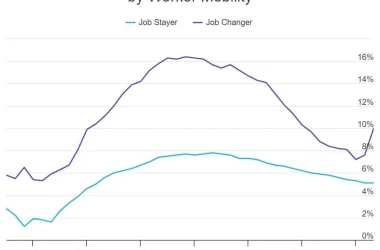WHEELING, W.Va. — Largely due to fracking in shale formations such as the Marcellus and Utica, the cost of producing electricity from natural gas fell from being 5.5 times more than coal in 2008 to only about 1.4 times as much as coal this year.
According to the New York Mercantile Exchange, the cost for a 1,000 cubic-foot unit of natural gas in 2008 was about $13. Last week, the price for that same unit of natural gas was about $2.54.
The lower cost of natural gas, combined with Environmental Protection Agency policies targeting carbon dioxide and mercury emissions from power plants, gives natural gas electricity a new spark.
In West Virginia and Ohio, there are now tentative plans to build at least six power plants to run on natural gas:
– the 549-megawatt Moundsville Power plant, estimated at $615 million, in Marshall County;
– two plants by Energy Solutions Consortium for the Beech Bottom area that would generate a total of 1,300 megawatts at a cost of $1 billion;
– another Energy Solutions Consortium plant for Harrison County, W.Va., though the wattage and cost for this facility are not yet known;
– the 700-megawatt Carroll County Energy plant near Carrollton, Ohio, at a cost of $900 million; and
– the 1,100-megawatt Southfield Energy plant near Wellsville, Ohio, at a cost of $1.1 billion.
All of these are in various stages of construction and/or development, with the Carroll County plant being the only one to actually see a groundbreaking, as yet.
According to PJM Interconnection, which operates the power grid serving West Virginia and Ohio, one megawatt can power as many as 1,000 homes. Earlier this year, in an effort to comply with the Obama administration’s Mercury and Air Toxics Standards, American Electric Power turned off enough coal-fired power to illuminate about 5.5 million homes.
The U.S. Energy Information Administration shows that more power producers generated more electricity from natural gas than coal in July, only the second month that this has ever happened. Meanwhile, from July 2014 to July 2015, coal-fired generation fell across the U.S. from 150 million megawatts to 139 million MW. During the same time, natural gas electricity grew from 114 million MW to 140 million, MW, the administration states.
Although construction of any of these new natural gas power plants would create hundreds of construction jobs and dozens of permanent jobs, some fear they will also put coal miners – and those who work at power plants that burn coal – in the unemployment line.
“This natural gas plant will eliminate 528 coal mining jobs and 6,336 total jobs in the Ohio Valley,” Gary Broadbent, spokesman for Murray Energy Corp., said of the project near Wellsville. “Five additional such plants are scheduled for construction in Marshall, Brooke, and Harrison counties … and in Carroll County, Ohio, meaning that tens of thousands of jobs in the Ohio Valley will be destroyed.”
Murray officials maintain that every one coal mining job supports 12 related jobs, hence, Broadbent’s job estimates. Since May, Murray Energy has reduced its number of employees from 8,400 to 6,100. Locally, the firm operates the Century, Powhatan No. 6, Ohio County and Marshall County mines, all of which have seen labor reductions during this time frame.
“Historically, the average cost of coal-fired electricity in America has been four cents per kilowatt hour, with natural gas higher at six cents to 15 cents per kilowatt hour,” Broadbent added. “The cost of electricity generated by natural gas is very volatile as a result of huge fluctuations in the price of natural gas.”
Andrew Dorn is one of the developers for the West Virginia plants. He said the loss of coal-fired electricity – including the 5,535 megawatts across Appalachia American Electric Power shut down this year – is driving the demand for new power.
“West Virginia and Ohio are sitting on largest pool of natural gas in North America. Why not use it to generate power?” he said.
Dorn said his company is still waiting on a few permits for the Moundsville plant, but he intends to acquire the financing early next year. He said the plant will be a combined-cycle facility, which has natural gas run one of the plant’s turbines, while the exhaust heat from this process drives an additional steam turbine.
“We are working hard on the plant design,” Dorn said. “We believe these plants are very viable.”
Dorn also said AEP announced plans to shutter the Kammer Plant and the other coal-fired facilities before he began pursuing the natural gas generators.
“AEP made a business decision not to retrofit those plants because they were so old. Our projects have nothing to do with any of that,” he said.
To read more from The Intelligencer/Wheeling News-Register, subscribe here.




